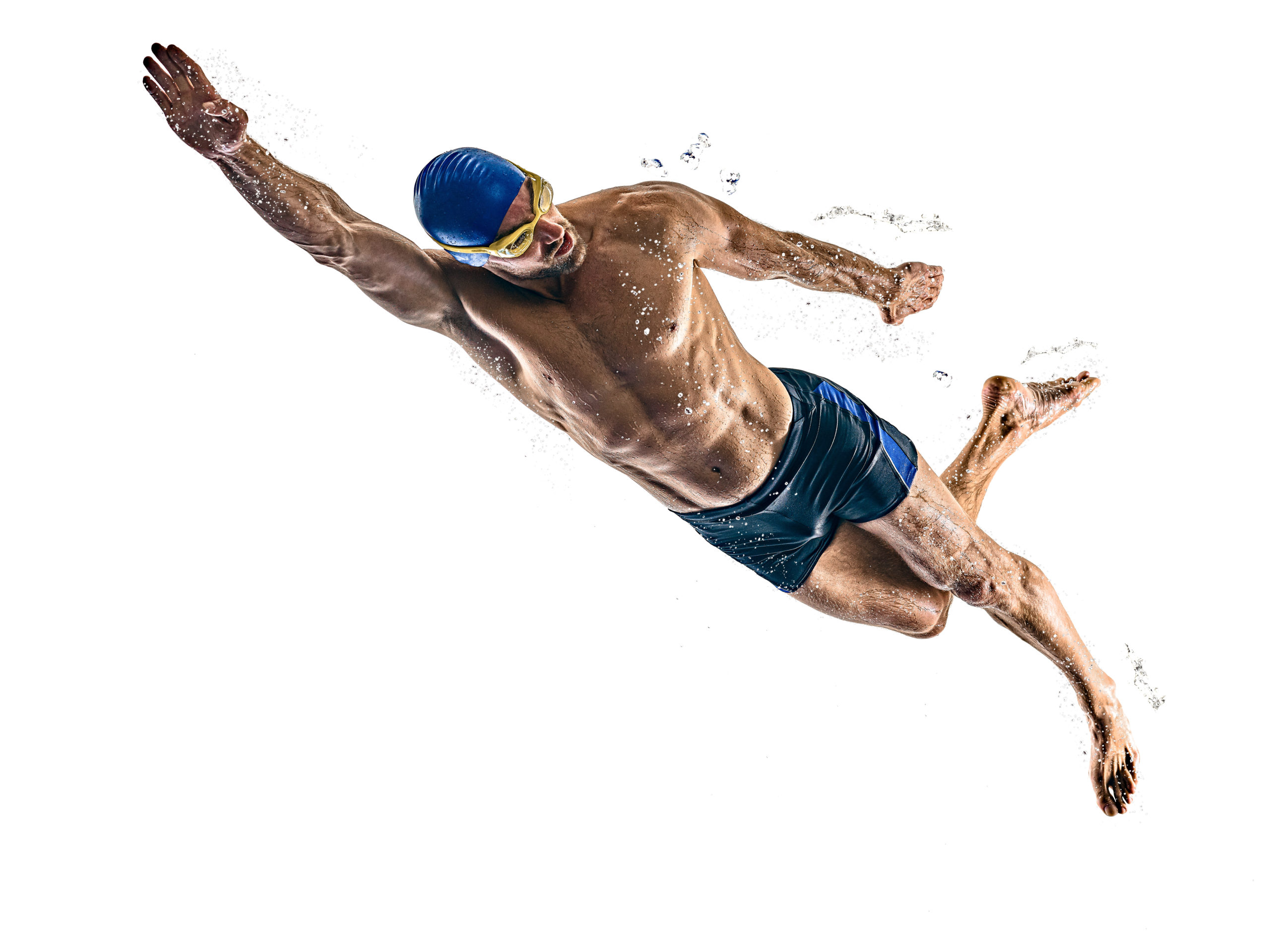The Dangers of Water Sports Injuries in Wall, NJ
It’s a great wave, but when you crash and burn in the surf, you’ll regret it. Is there anything worse that can happen? As it turns out, quite a lot can go wrong. Water sports injuries are most commonly caused by:
- Ejection from a boat or other craft
- Capsizing
- A collision with a foreign object in the water
- Wiping out
When you’re involved in these types of accidents, your body can suffer injuries due to the twisting or turning you undergo – often in ways, you’re not accustomed to. When you take a spill, even if it is in the water, you can hurt your back, knees, shoulders, ankles, and almost any other joint in your body.

Pain Related to Water Sports Injuries
A sports chiropractor regularly treats water sports enthusiasts for shoulder, neck, and back pain, among others, due to muscle imbalances, skeletal misalignments, and repetitive motions. After a water sports accident, people may experience the following issues:
Swimmer’s Shoulder
Most swimming injuries occur to the shoulders as a result of the repetitive overhead arm motion of many swimming strokes.
Generally, a swimmer’s shoulder is caused by tissue damage that accumulates over time. Symptoms include irritation and inflammation, cartilage tears, bursitis, bicep tendonitis, and rotator cuff injuries. The pain experienced when raising the arm after shoulder injuries often prevents people from exercising in the water.
Neck & Back Pain
Swim strokes that are perfectly executed can be beautiful to watch but can ultimately damage the neck and back due to the mechanics of the strokes. Strain, misalignments, and even disc and nerve damage can result from keeping the head too high during breaststroke or freestyle.
When you have good alignment, you are not only able to relieve pain, but you can also achieve better efficiency and speed in the water.
Lower Body
The upper body is not the only part of the body that can be injured while swimming. The most common cause of hip and knee pain in swimmers is their breaststroke technique. In this stroke, the frog-like kick involves an outward position of the knees and feet, which puts a great deal of stress on the inner knee, causing swelling and pain.
In addition to hip joint flexibility, tight hip flexors can cause anterior hip pain, which also affects the movement of the lower spine and knee. In addition to experiencing pain during and after swimming, swimmers with constricted muscles can perform poorly.
Ways to Prevent Water Sports Injuries With Chiropractic Wall, NJ
First and foremost, proper paddling form is the most effective way to avoid injury.
You should avoid overextending your arms and maintain a “power position,” which refers to keeping your hands in front of your shoulders and avoiding crossing your midline with your hands.
As a result, your arm, paddle, and chest form what is known as a “paddler’s box.” It keeps your shoulders in the safest position when paddling. In addition, it encourages good posture while paddling and helps you generate power with your upper back and torso rather than your arms.
Additionally, there are some tips for preventing common paddle sports injuries, such as shoulder dislocations, rotator cuff problems, tenosynovitis (tendon inflammation), chronic wrist and forearm sprains, hyperextension, and back problems like spondylolysis, muscular strain, and prolapsed discs. There are several tips to consider, including:
Keeping Your Body Aligned and Flexible
To protect against overuse problems and stiffness, make sure your spine and other bones and joints are in the right position and moving properly without pain or stiffness. More flexibility achieved through stretching, movement, and yoga also contributes to healthier joints since motion keeps your joints, discs, and cartilage healthy.
Stretching to Warm Up and Cool Down
Experts agree light stretching before and after you hit the water ensures easy movement of your muscles and staves off muscle soreness.
Incorporating Proper Nutrition: A proper diet maintains a healthy weight, protects your joints and builds strong muscles.
Chiropractic Wall, NJ
With an appointment, you will have more time for paddling, kayaking, and canoeing. It will also help you improve your skills. Chiropractic Wall NJ with diagnostic exams to assess your condition. In case of musculoskeletal injuries sustained through competitive or casual water sports, our chiropractors Wall, NJ prescribe chiropractic treatments. The chiropractor can also help you get started with a routine chiropractic regimen, which involves conditioning and exercises to improve speed, endurance, and flexibility, manipulations to improve posture and alignment, and adjustments to strengthen balance.
Preventing injuries and managing pain effectively can be achieved by following these steps. The results of studies have shown that regular chiropractic care helps athletes recover more quickly and heal more effectively, reducing pain and decreasing inflammation, which allows them to get back on the water faster.

